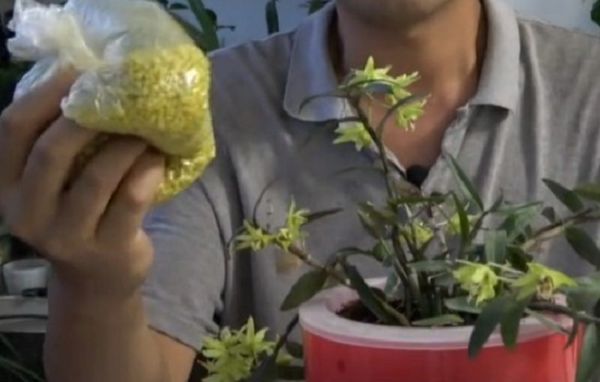Why hasn't hyacinth sprouted after it took root?

Hyacinth is a kind of plant that blossoms very well but is not easy to raise at the same time, especially in the early stage of planting, we should pay more attention to the maintenance methods. Otherwise, it may be prone to difficulties in rooting and sprouting, even if it can take root and sprout smoothly, it may also be easy to clip arrows, resulting in difficulty in flowering or no appreciable fruit.
During this period, after many friends planted hyacinth, it didn't take long for it to take root, but it didn't sprout for a long time. This is really puzzling. According to theory, hyacinth bulbs can absorb and supply nutrients after taking root, so they should sprout quickly.
In fact, this is mainly due to the lack of correct maintenance and management at the initial stage of planting, especially during the period of rooting and sprouting. This is mainly because we do not grasp the results of its requirements for light and temperature at the initial stage of planting, as long as we can solve these two problems, it can not only take root quickly, but also sprout smoothly.
Hyacinth is a kind of flower plant that can be cultivated in both water and soil, especially in a hydroponic environment, mild shading must be controlled in the early days of planting. Only in the relatively cool shading environment of 2 °C-6 °C can the seed bulb germinate root system. After the bulb grows out of the root system, it will generally germinate in time and resume rapid growth, and then we can appropriately increase the temperature and light, and we also need timely fertilization to supplement the nutrients needed for growth. The same is generally true of the requirements of hyacinth.
When we encounter the situation that hyacinth does not continue to sprout after it takes root, on the one hand, it may be because we raise the temperature prematurely, or let it bask in the sun prematurely, or it is unable to germinate because of lack of nutrients. Therefore, we need to investigate from these three aspects until we find the real cause, and then adjust the maintenance methods to solve the problem.
Hyacinth requires high light and temperature at the initial stage of growth, and generally requires that the temperature be controlled between 2 °C-6 °C and shaded at the same time before rooting. After it takes root, we can gradually raise the temperature to 5 °C-10 °C, but it is still not suitable to expose it directly to the sun, but to maintain it in an environment with scattered light.
In this way, its roots will continue to germinate, grow and grow, and the ability of roots to absorb and supply nutrients will be greatly improved, so timely fertilization is needed. If it is hydroponic hyacinth, generally drop a little nutrient solution when changing water, once every 10-15 days. If it is hyacinth cultivated in soil, then we need to replenish some nitrogen, phosphorus and potassium multi-element fertilizer for it in time.
In this way, hyacinth can not only grow strong roots, but also sprout leaves quickly and smoothly. If any of the conditions of light, temperature and nutrients can not be satisfied during the growth of hyacinth, it may not sprout after rooting. Of course, bad symptoms such as poor rooting effect or arrows may occur in the later stage.
Related
- Fuxing push coffee new agricultural production and marketing class: lack of small-scale processing plants
- Jujube rice field leisure farm deep ploughing Yilan for five years to create a space for organic food and play
- Nongyu Farm-A trial of organic papaya for brave women with advanced technology
- Four points for attention in the prevention and control of diseases and insect pests of edible fungi
- How to add nutrient solution to Edible Fungi
- Is there any good way to control edible fungus mites?
- Open Inoculation Technology of Edible Fungi
- Is there any clever way to use fertilizer for edible fungus in winter?
- What agents are used to kill the pathogens of edible fungi in the mushroom shed?
- Rapid drying of Edible Fungi



